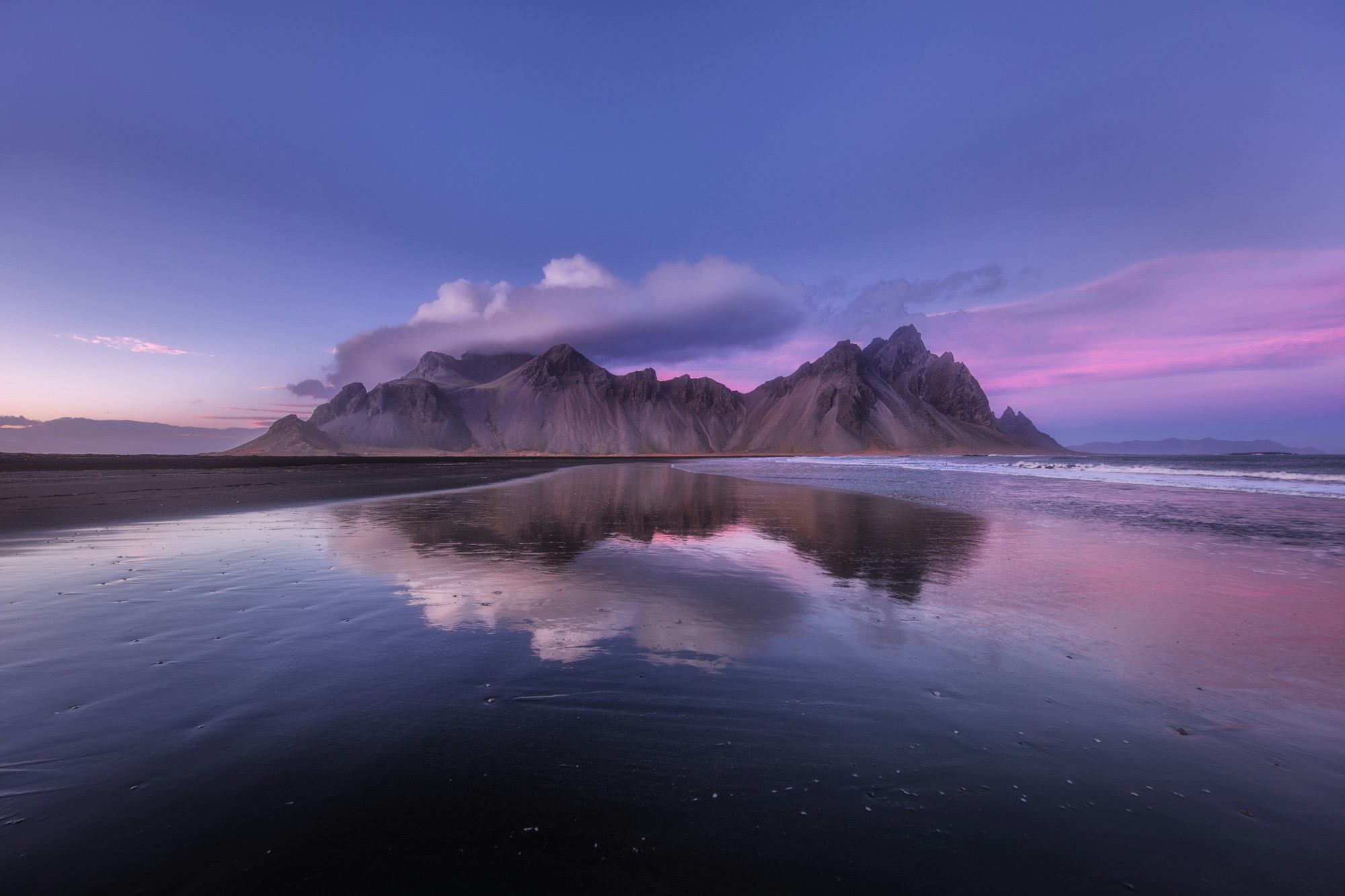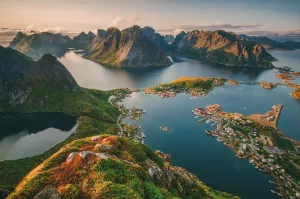Iceland, often referred to as the “Land of Fire and Ice,” is a destination like no other. From its dramatic landscapes featuring volcanic craters, glaciers, and waterfalls to its rich Viking history and vibrant culture, Iceland attracts travelers seeking adventure and natural beauty. However, visiting Iceland requires some preparation, as it has unique customs, weather, and travel logistics that can be different from what Americans are used to. Here are 15 things Americans should know before traveling to Iceland.
1. Iceland Is Expensive
One of the first things you’ll notice when planning a trip to Iceland is that it can be quite expensive compared to many other destinations. Dining out, accommodations, and even everyday necessities like gas and groceries tend to be pricey. This is largely due to Iceland’s remote location, which increases the cost of importing goods.
To save money, consider:
- Booking accommodations in advance to find deals or choosing guesthouses and hostels.
- Grocery shopping and preparing your own meals, as eating out regularly can add up.
- Renting a car to explore the island at your own pace instead of booking multiple tours.
2. Weather Is Unpredictable
Iceland’s weather is infamously unpredictable, with the possibility of experiencing all four seasons in a single day. Strong winds, sudden rain showers, and shifting temperatures are common, even during summer months. It’s essential to dress in layers and always carry waterproof clothing, as well as sturdy shoes for hiking and walking on uneven terrain.
Summers are generally mild, with temperatures averaging around 50-60°F (10-15°C), while winters are colder, with temperatures hovering around 32°F (0°C), but the Gulf Stream helps moderate the cold.
3. Iceland Is a Land of Natural Beauty
Iceland is famous for its otherworldly landscapes, offering an abundance of natural beauty that attracts outdoor enthusiasts and nature lovers alike. Some of the most iconic natural features include:
- The Blue Lagoon: A geothermal spa with milky-blue waters, perfect for relaxing after a day of exploration.
- Geysir: The original geyser from which all others take their name, located in the Golden Circle.
- Seljalandsfoss and Skógafoss: Two of Iceland’s most famous waterfalls, which are easily accessible from the Ring Road.
- Vatnajökull Glacier: The largest glacier in Europe, offering opportunities for glacier hikes and ice cave tours.
- The Northern Lights (Aurora Borealis): Iceland is one of the best places in the world to see the Northern Lights, especially in winter when the nights are long and dark.
4. Driving in Iceland Requires Caution
While renting a car is one of the best ways to explore Iceland, driving on the island can be challenging due to the harsh weather conditions and rugged terrain. If you’re planning to drive, here are a few things to keep in mind:
- F-roads (mountain roads) are often gravel and can be treacherous, requiring 4×4 vehicles. These roads are usually only open in summer and can be closed due to weather conditions.
- Wind can be a significant hazard while driving, especially when crossing open plains or near the coast. Make sure to hold onto your car doors when opening them, as strong gusts can damage them.
- Be mindful of speed limits, and avoid off-road driving, which is illegal in Iceland to protect the fragile environment.
5. Iceland Uses the Krona
The currency in Iceland is the Icelandic Krona (ISK), and while credit cards are widely accepted, it’s a good idea to have some cash on hand for small purchases or in remote areas where card machines might not work. ATMs are readily available in most towns and cities.
Tipping is not customary in Iceland, as service charges are typically included in bills at restaurants, hotels, and taxis. However, rounding up your bill for exceptional service is always appreciated.
6. Iceland Is Sparsely Populated
Iceland has a population of just over 370,000 people, and more than half of them live in the capital, Reykjavik. This means that once you leave the city, you’ll encounter vast stretches of uninhabited wilderness. This sparse population is part of Iceland’s charm, allowing visitors to experience solitude in some of the most beautiful and remote landscapes on earth.
Because of the low population density, services such as gas stations, restaurants, and accommodations can be few and far between, especially in rural areas. It’s essential to plan your trip carefully, especially when venturing into more remote regions.
7. Hot Springs Are Everywhere
One of the best things about visiting Iceland is the abundance of natural hot springs. In addition to famous spas like the Blue Lagoon, Iceland is home to countless natural hot springs scattered throughout the countryside, many of which are free to the public.
Some notable hot springs include:
- Myvatn Nature Baths: Located in northern Iceland, offering a more tranquil alternative to the Blue Lagoon.
- Seljavallalaug: One of the oldest geothermal pools in Iceland, nestled in a remote valley on the south coast.
- Reykjadalur Hot Spring River: A short hike from the town of Hveragerdi will bring you to this geothermal river where you can bathe in naturally warm waters.
Be mindful of respecting nature and leaving no trace while enjoying these natural spots.
8. The Midnight Sun and Polar Nights
Iceland experiences dramatic daylight changes depending on the season. During summer (from May to July), Iceland enjoys the Midnight Sun, where daylight lasts for nearly 24 hours. This unique phenomenon is especially prevalent in northern Iceland, offering endless opportunities for hiking and exploring late into the evening.
In contrast, during winter, Polar Nights set in, with very limited daylight, especially in December and January. In Reykjavik, the sun rises around 11 AM and sets by 3 PM during this time. While the short days can be challenging, they provide ideal conditions for viewing the Northern Lights.
9. Iceland Is Eco-Conscious
Iceland is one of the most environmentally conscious countries in the world. Almost 100% of the country’s electricity and heating come from renewable energy sources, primarily geothermal and hydropower. Icelanders take great pride in protecting their natural environment, and as a visitor, you’re encouraged to do the same.
Some tips to be an eco-conscious traveler in Iceland:
- Respect wildlife and don’t approach animals such as puffins or seals too closely.
- Stay on designated hiking trails to avoid damaging fragile plant life.
- Be mindful of your waste and use recycling bins where available.
10. Reykjavik Is Iceland’s Cultural Hub
Although it’s relatively small compared to other European capitals, Reykjavik is the cultural heart of Iceland. The city is known for its vibrant art scene, quirky architecture, and lively nightlife. Some must-see attractions include:
- Hallgrimskirkja: The iconic church that towers over Reykjavik, offering panoramic views of the city from its tower.
- Harpa Concert Hall: A striking modern building on the harbor that hosts concerts and events year-round.
- The Sun Voyager: A famous Viking ship sculpture that’s perfect for a sunset photo op.
Reykjavik is also home to an array of museums, galleries, and unique boutiques, making it a great place to start or end your Iceland adventure.
11. Tap Water Is Safe and Delicious
Iceland’s tap water is some of the cleanest and freshest in the world. It comes straight from natural springs, so you don’t need to buy bottled water while traveling in Iceland. Simply bring a reusable water bottle and refill it from the tap. Locals take pride in the purity of their water, and visitors often comment on how refreshing it tastes.
However, in some areas where geothermal water is used for heating, you might notice a slight sulfur smell when using hot water (such as in showers), but the cold water remains unaffected.
12. Wi-Fi Is Readily Available
Iceland is one of the most connected countries in the world, and free Wi-Fi is available in most hotels, restaurants, cafes, and even some public spaces. This makes it easy to stay connected, share your travel experiences, and navigate your way around the island.
For those planning to drive around the island, consider renting a mobile Wi-Fi device or getting an Icelandic SIM card for consistent access to data, especially in remote areas where cell coverage might be spotty.
13. The Northern Lights Are Not Guaranteed
While Iceland is one of the best places to see the Northern Lights, sightings are never guaranteed. The best time to see them is from September to April, but clear, dark skies are essential, and the aurora’s activity is unpredictable. If you’re lucky, you might see the aurora even in Reykjavik, but for the best chance, head to more remote areas with little light pollution, like the Westfjords or Thingvellir National Park.
Keep in mind that many Northern Lights tours offer a free return trip if you don’t see the lights on your first outing.
14. Icelandic People Are Friendly but Reserved
Icelanders are generally friendly and welcoming, though they can be a bit reserved, especially compared to more outgoing cultures. However, they’re proud of their country and happy to share their knowledge with visitors. Icelanders also speak excellent English, so communication won’t be an issue for American travelers.
Politeness and respect for personal space are important in Icelandic culture, so approach interactions with a calm and respectful attitude.
15. Iceland Is a Photographer’s Dream
Whether you’re a professional photographer or just love taking pictures on your phone, Iceland offers incredible photo opportunities at every turn. The country’s dramatic landscapes—volcanoes, glaciers, waterfalls, black sand beaches, and lava fields—make for stunning photography subjects.
Some iconic photography spots include:
- Kirkjufell Mountain: This mountain is one of Iceland’s most photographed landmarks, often appearing in “Game of Thrones.”
- Diamond Beach: Located near Jökulsárlón Glacier Lagoon, this black sand beach is dotted with sparkling icebergs, offering a surreal sight.
- The Snæfellsnes Peninsula: Known as “Iceland in miniature,” this area is a microcosm of the island’s varied landscapes, perfect for photography enthusiasts.
Conclusion
Iceland offers a truly unique and unforgettable travel experience with its stunning natural beauty, fascinating culture, and welcoming people. From the awe-inspiring Northern Lights to relaxing in geothermal hot springs, Iceland has something to offer every type of traveler. However, it’s essential to plan ahead, be prepared for the unpredictable weather, and respect the local environment and customs. By keeping these 15 tips in mind, you’ll be ready to explore Iceland’s incredible landscapes and make the most of your adventure in this magical country.




